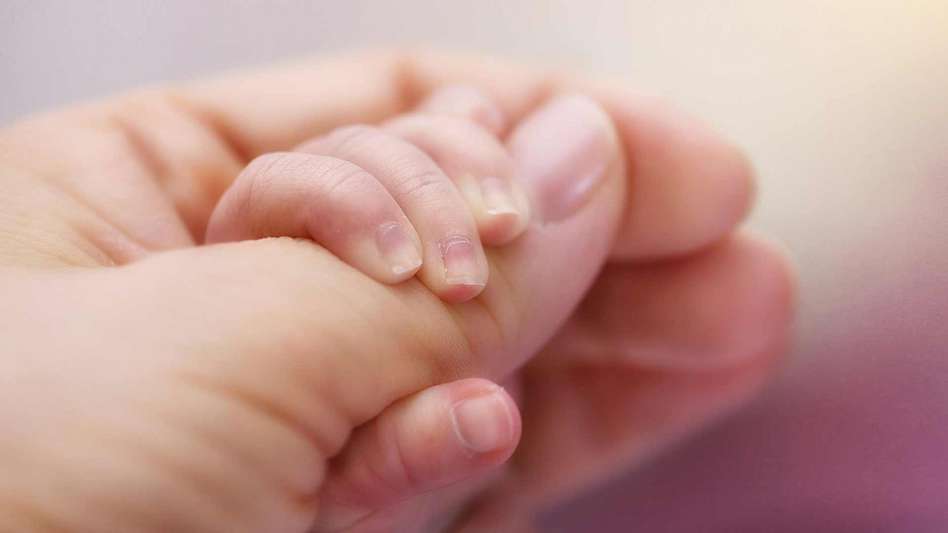Case study: Life changing settlement for boy born with cerebral palsy due to midwife negligence

Tees secured a life-changing settlement for the family of a boy who suffers from cerebral palsy as a result of medical negligence during his birth.
Miles’ birth story reflects a number of failings, particularly a lack of communication and information sharing across the NHS, identified by HSIB in their most recent Maternity Investigation report.
Miles’ story
Miles was born with severe cerebral palsy because he was starved of oxygen at birth. He suffers from quadriparesis (muscle weakness in all four limbs) and relies on a specialised wheelchair. He also has a serious learning disability and suffers from seizures as a result of his cerebral palsy.
Tees proved that Miles suffered a serious birth injury due to medical negligence. The doctors and midwives responsible for keeping him safe made mistakes which caused him to be born with cerebral palsy, including:
- improperly set up monitoring equipment
- failure to properly monitor Miles’ heart rate during labour
- failure to recognise the signs that Miles was in distress
- a delayed caesarean section.
Tees proved that these failures caused Miles to suffer from brain damage and a serious neurological disability. Sadly, medical negligence meant that Miles was starved of oxygen (asphyxiated) at delivery. Oxygen deprivation is a serious condition which can cause lasting brain injury and, in some cases, even lead to stillbirth or the baby’s death soon after delivery.
We secured a substantial settlement on behalf of Miles, and closure about what happened during his birth. The settlement means Miles has the quality of life he deserves. The family recently moved into a specially adapted house which is suitable for Miles’ needs. He also has a team of carers, case management, access to specialised equipment and regular therapy to manage his condition.
Miles’ birth story
Sam’s pregnancy was routine and considered ‘low risk’ by her midwives. Throughout the pregnancy, Sam and her partner were very excited to meet their child. They felt positive about the future. Sam decided to have a home birth; she lived near the hospital, and was confident that help was close by if she needed it.
Sam went over her due date (quite common for first babies) and went into labour naturally at home. As her labour progressed, she became concerned that her contractions were intense and seemingly random. She tried to time her contractions, but it was impossible.
Sam’s partner phoned the hospital for help and a community midwife attended Sam at home. By this point, Sam had been in labour for a few hours; her contractions were irregular and she hadn’t felt baby Miles move since the early hours of the morning. The midwife recommended they go to hospital so Sam could be checked at the maternity unit. Sam trusted her midwife’s advice and went to the hospital. The midwife phoned ahead to the hospital, so that they could expect Sam and understand what had happened with her labour up until that point.
Miles began to move almost as soon as they reached the hospital. Sam took this as a good sign, and felt reassured. However, staff at the hospital seemed not to know that Sam would be coming in. A midwife showed them into a maternity room, and left to find a piece of equipment so they could see how baby Miles was doing.
The midwife took over an hour to find the monitoring equipment. In that time the couple became increasingly anxious – they were alone, with no midwife to support them and Sam was in a great deal of pain. The monitor was not fit for purpose – it had no straps to secure it. The midwife tried to hold it in place with disposable underwear, but it kept slipping and falling off Sam’s stomach. Sam found out later that the monitor had been set up incorrectly. It meant that her midwives had the wrong information about Miles’ condition in the womb for some time. The monitor was replaced, and Sam laboured for some hours. She was disappointed when, after a few hours, she was no further dilated and her contractions became more and more painful.
With Sam’s labour not progressing, a doctor recommended an immediate caesarean section. Sam had to wait almost an hour for the caesarean section – an unacceptable delay which lead to Miles being asphyxiated at birth. Miles was covered in meconium when he was born – so much so that it was difficult for Sam to see his features. He did not cry, and struggled to breathe. He was intubated (to help him breathe) and taken to a special care unit. It was incredibly frightening, and Sam had no way of knowing that Miles would be born so poorly.
Sam was, understandably, incredibly worried for Miles’ health and shocked by the circumstances of his birth. She was told that Miles had only an 80% chance of survival. Miles survived, but the traumatic circumstances of his birth have changed his – and the family’s – life forever. He needs care for the rest of his life, and is unlikely to live independently or be able to have a job.
Following a recommendation from AvMA (Action Against Medical Accidents), Sam contacted Tees about a potential claim on behalf of Miles. We took on their case, and successfully proved that Sam’s care during labour and delivery was negligent. Miles would have had a better outcome with better care and, on the balance of probabilities, would not have suffered cerebral palsy had his care been up to standard.
Find out how we can help with cerebral palsy claims.
Free, confidential advice on medical negligence
Call for a FREE initial consultation on 0800 013 1165
Alternatively, come in for a free, confidential, no obligation chat, or fill out our enquiry form and we will let you know how we can help. We can also visit you at your home if you wish.
Our medical negligence lawyers are based in:
- Cambridgeshire: Cambridge
- Essex: Brentwood, Chelmsford and Saffron Walden
- Hertfordshire: Bishop's Stortford & Royston
But we can help you wherever you are in England and Wales.
Chat to the Author, Tim Deeming
Partner, Medical Negligence, Cambridge office
Meet Tim
- Areas of expertise
- Accreditations
- Testimonials
Anonymous
Cambridge
'I am very grateful to Tim not least because I feel vindicated in bringing a case of medical negligence against my defendants. I now know that my care was more substandard than I previously had realised. Clearly, I am also relieved to be awarded the means to provide for my future care needs'
Anonymous
Cambridge
'I found Tim to be very kind, empathetic, unflappable, thorough, proactive and a good communicator. He guided and supported me through this not so pleasant journey, making it as bearable as possible'
Anonymous
Cambridge
'I approached Tim with a certain issue, but with careful probing, it became clear that I had more than one grievance'
Mr T
Cambridge
'From initial contact through to settlement, the Tees Law team in Cambridge provided a professional and compassionate service. I was ably guided and provided with timely well considered advice that has ultimately led to a settlement in line with my expectations – thank you Sophie Stuart and Tim Deeming'
Legal 500 UK 2023
'Tim Deeming was the partner we dealt with, and he was always available to answer any questions or issues we had. He guided us through the minefield of two inquests, mediation, and always with a sensitive approach to our feelings. He was outstanding in his advice and also realistic which was very important as to the expectations of the legal process. Finally he was encouraging when we had to give evidence and was always on hand to help with statements and any evidence we needed to provide'
Legal 500 UK 2021
"Tim Deeming is supportive, friendly, knowledgeable, willing and comforting. I feel protected in his care."
Legal 500 UK 2021
"Tim Deeming has been outstanding for me. This has been a very personal, emotional and challenging event for me. I know that Tees are a business, but I’ve only ever felt like an individual; one who matters, one who deserves fair treatment."
Mr and Mrs Robin Lincoln
Bishop's Stortford
Tim Deeming took me through the settlement process step by step and was a master tactician in the final negotiation, who I was proud to have represent me. Katheryn Riggs gave me all the support to file the claim. Tees draw on their vast experience to bring the very best medical experts to the table.



